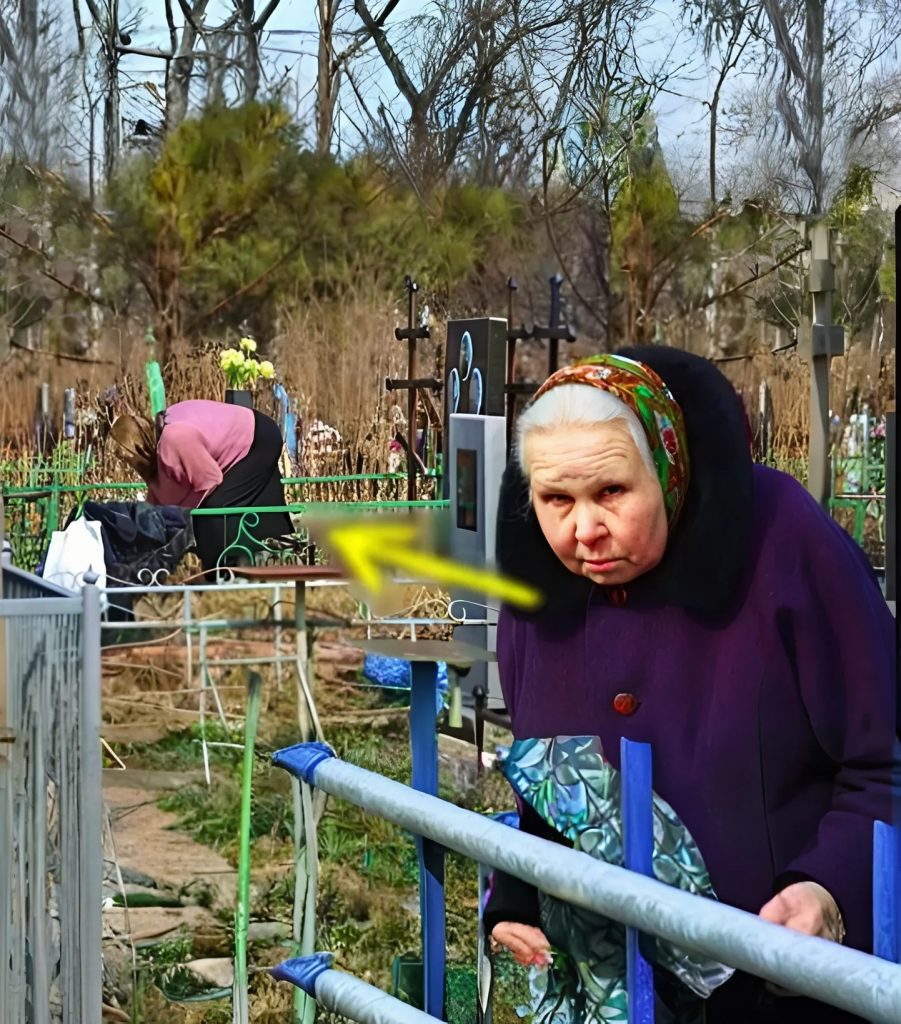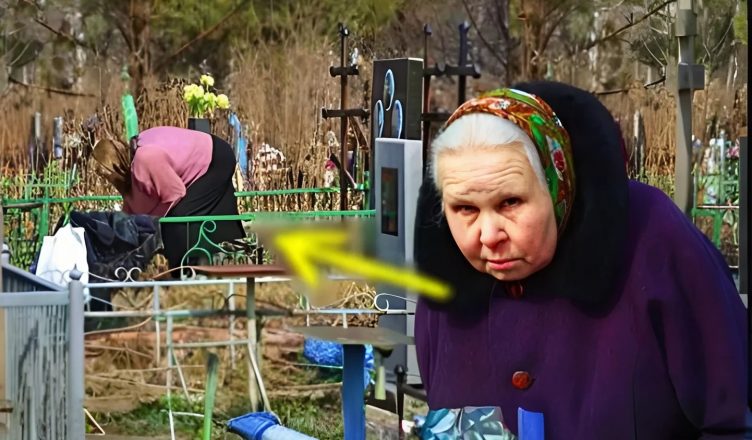Maria outlived everyone she loved. At 65, solitude became her closest companion. Her apartment, a modest space in an aging Soviet-era building, bore silent witness to the echo of laughter that once filled its corners. Now, only the low murmur of the television kept the silence from becoming unbearable.
In her youth, Maria had been full of life. She was a schoolteacher—disciplined, warm, and always prepared with extra chalk for the blackboard and a kind word for the student who forgot their homework. Her husband, Anatoly, was a factory engineer with a dry wit and kind eyes. Together, they built a life of quiet joys and unremarkable routines—summer trips to the dacha, Sunday borscht, laughter over photo albums from their youth.
But time was relentless. Maria’s parents passed in her early forties, followed by her younger brother two years later. Anatoly, the pillar of her world, battled lung cancer with grim endurance for three years before his body finally surrendered. The final blow came swiftly and without warning: their only daughter, Elena, died in a car crash alongside her fiancé. They had been on the way to pick wedding invitations.
The devastation was total. Maria grieved so deeply she considered ending her life. But something held her back—perhaps fear, perhaps faith, perhaps the ghost of Elena whispering that it was not yet time.
After the funeral, silence moved in permanently. Yet, life, as it always does, persisted. Maria adopted several stray cats, drawn to her windowsill as if they sensed her ache. An elderly dog, Max, joined her soon after, rescued from a shelter on a rainy November afternoon. The animals became her family. They didn’t speak, but they stayed. They didn’t judge, but they listened.
With retirement came long hours. Time, once an enemy, began to soften. Maria turned to embroidery, something her mother had taught her decades earlier. Her fingers, still nimble, stitched intricate patterns into linen. At first, she embroidered to pass the time. Then, something changed—her work began to carry emotion. Grief, memory, longing, and resilience wove their way into her threads. Each piece became a silent letter to the ones she had lost.
Neighbors noticed. Her apartment, once dim and closed off, now had warm light spilling from the windows in the evening. People began to stop by. They asked her for help with small tasks, then began inviting her to community meetings. One day, with little fanfare, she was elected chairperson of the residents’ committee.
It was an unofficial title, but it meant the world to Maria. It gave her purpose. She organized repairs, negotiated with the utilities office, planted flowers in the courtyard with the children. She became “Maria Ivanovna” to everyone—a fixture of kindness and quiet strength.
One winter, a teenage boy named Dima, new to the building and neglected by his parents, began loitering in the stairwell. Maria started leaving him sandwiches. One day, he followed her back upstairs and asked about the embroidery. She handed him a hoop and thread. He fumbled at first, but soon, he was hooked. Maria began teaching him every weekend. Dima stayed out of trouble and eventually pursued textile arts in college.

News of her embroidery spread quietly but steadily. A local craft fair invited her to exhibit. Reluctant at first, she agreed. Her booth, adorned with meticulously framed pieces, stood in the corner. But it wasn’t overlooked. People paused. They didn’t just see the technique—they felt something intangible. Several asked about the stories behind each design.
So, she began writing brief descriptions: “For Elena—who loved sunflowers.” “For Anatoly—who built our first bookshelf.” “For Max—who still waits by the door.” They didn’t need more than that. The pieces spoke on their own.
Soon, a journalist covering the craft fair published an article titled “The Woman Who Stitched Her Grief into Beauty.” It went viral. Overnight, Maria’s quiet life shifted. Orders came in from across the country. People sent her letters, sharing their own losses and asking her to create memorial pieces. She never charged for them.
Instead, she began a project—The Thread of Memory. Every piece she made was part of a growing archive of remembrance, each one photographed and catalogued. The originals she sent to their requesters. The archive remained with her, displayed on the once-bare walls of her apartment, now transformed into a gallery of emotion.
Maria had no surviving family, but her story became one that many claimed as their own. Schools invited her to speak about resilience. A documentary crew visited her home. Dima, now a respected textile artist in his own right, called her Babushka Maria in every interview and credited her with saving his life.
In time, her building changed. It was renovated. New families moved in. Children played in the courtyard she had once filled with flowers. Max passed away peacefully, his muzzle grey. The cats grew old alongside her.
